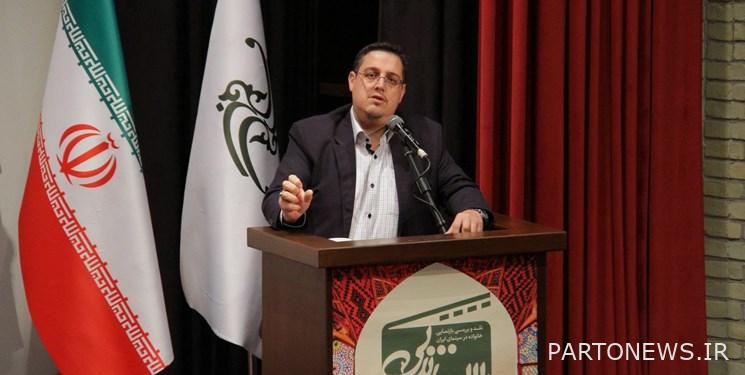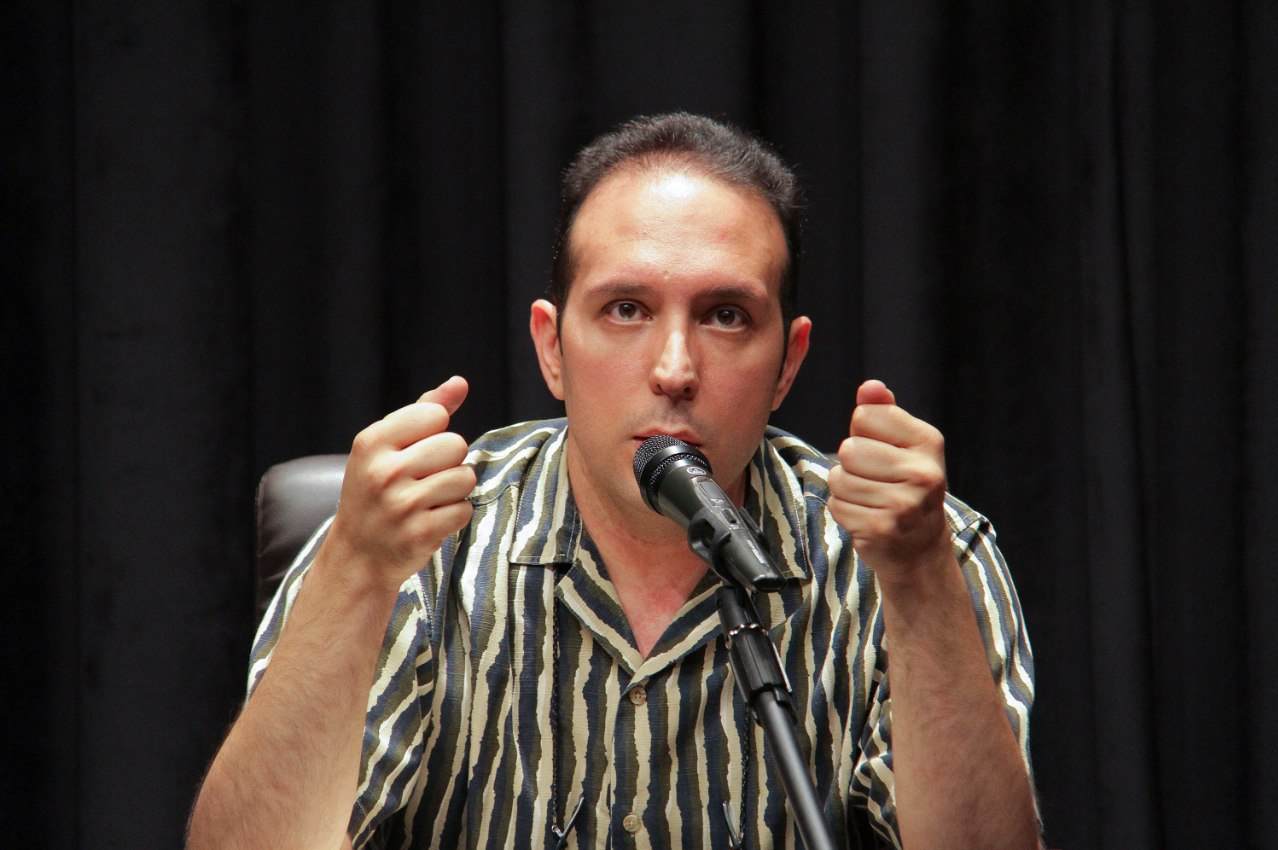Iqbali: The image of the family in Iranian cinema is shaky and vulnerable

According to the film reporter of Fars News Agency, the first meeting of the “Life Plan” series of meetings focusing on the representation of the family in Iranian cinema was held at the Farabi Cinema Foundation with the screening and review of the film “Katchermi”.
Abolfazl Iqbali said in this program: Usually, the image of the family depicted in Iranian cinema is a shaky and vulnerable image, where many things are not in their place. The position of men and fathers in Iranian cinema is also worthy of consideration, and we have recently seen the peak of a destructive view of men and opposition to this position in a movie. This picture is very exaggerated and unfair.
* We are caught in the duality of oppressed women and oppressed men in movies
Iqbali further pointed to the inappropriate representation of men and the confrontation between men and women in Iranian cinema and stated: We have seen other similar images in other films of Iranian cinema. He does not act and even oppresses or betrays his family and wife in the same space. Unfortunately, this is the prevailing image of men in Iranian cinema. In these years, a strange duality has been fueled and we have been caught in the duality of the oppressed woman and the oppressed man in the movies. These dualities and this confrontation between men and women can be seen in a number of films these years.
“A sugar cube” is an exception
Iqbali continued: “Usually, a film like “A Sugar Loaf” that tells about an extended family is an exception. The dominant image is that of a single-child nuclear family. What Iranian cinema insists on telling about an Iranian family is a nuclear family, not an extended family in which there is a child and a grandfather and grandmother.
In these years, a strange duality has been fueled and we have been caught in the duality of the oppressed woman and the oppressed man in the movies. These dualities and this confrontation between men and women can be seen in a number of films these years.
*Iranian cinema has not narrated the Iranian family fairly
He added: Love in Iranian cinema happens in an often extra-familial atmosphere, and we don’t have love between husband and wife in Iranian cinema, or if we have it, it’s not enough. This is despite the fact that the love of a husband and wife has dramatic potential, and the love we see in the cinema is a carefree love. The loves that we generally see in the cinema are the loves before marriage or the loves of a girlfriend and a boyfriend. Iranian cinema has not properly and fairly narrated the Iranian family and has not had an acceptable script in this field. You cannot ignore the service that the family has given to society and culture.
*Social cinema is a bright shade
Hossein Mirzamohammadi, the director of the film Leather Coat, also answered a question about blackness in this film and said: We did not emphasize blackness in the film Leather Coat. I have already said that two words should be removed from the literature of our officials and cinematographers. First, the word blackmail should be removed from the literature of the officials, and second, the words of tragedy and misfortune should be removed from the literature of filmmakers. If these words are removed from the literature of cinematographers and directors. In this case, Iranian cinema has the capacity to deal with social harm in a wide way. Social cinema is a bright shadow. Black should not be black and white should not be white. Social cinema is sometimes bitter and sometimes sweet.

Mirzamohammadi added: the hero of the movie Leather Coat makes two trips in the movie. One is a journey to find behind the scenes of the adventures and events that happen in the film, and the other is an inner journey and reconciliation with oneself.
A leather jacket has nothing to do with a loser
The director of the movie “Leather Coat” also answered a question about the similarity between this movie and the movie “Loser Man” and said: I mentioned this point many times when I took the script to Kamran Hejazi’s office, there was still no news about “Loser Man”. The existence of the triangle of Javad Ezzati, Mohammad Hossein Mahdovian and Kamran Hejazi may have fueled the suspicion that “Leather Coat” and “Loser Man” are similar, otherwise this movie has nothing to do with Loser Man.
* We do not have variety of genres in Iranian cinema
He added: “We don’t have genre diversity in Iranian cinema, and this lack of genre diversity has caused the suspicion that if two films are similar in terms of content, they have similar content.” The visual language of me and Mohammad Hossein Mahdovian is different and there are many differences between “Loser Man” and “Leather Coat”.
end of message/
You can edit this article
Suggest this article for the first page

